
About 4-H Pigs. Kids have been showing 4-H pigs at pig shows for generations. It takes a very special swine to be a 4-H pig. It has to meet certain standards set forth by the 4-H organization, as well as have a temperament that reacts well to training and handling by its young owner.
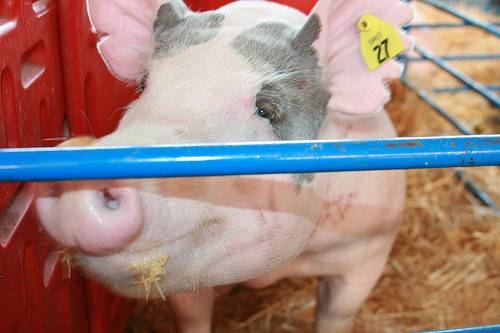
The 4-H organization was started to give groups of young people an education in agriculture with hands on learning techniques. Started around the turn of the century, it first focused on agriculture crops, but by 1904 that expanded to animals including pigs. Illinois had one of the first 4-H pg clubs in 1904. By 1914 there were clubs in every state. Each group had projects and contests to compare the pigs, and in 1917 pig club members with the top prize pig were awarded with a trip to the International Livestock Exposition in Chicago. Pigs today are generally raised to show and then are sold as market hogs. A market hog is sold to be butchered.
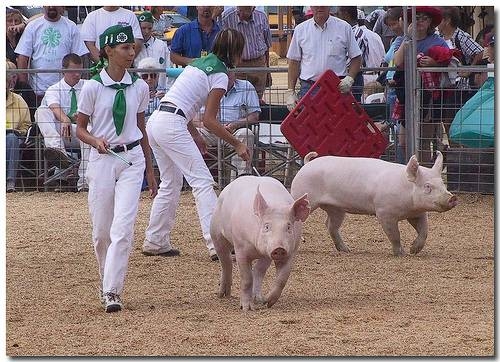
4-H pigs should have certain features to have the best chance of winning as top show pig. The club member is responsible for choosing a baby pig that has potential to grow into a champion. It can be difficult to choose since the pig is a baby and looks like any other pig, but there are a few ways to boost the winning potential of a 4-H pig. One of the most important ways is to look at the parents or other relatives if possible. By looking at the baby pig's family you can assess how big he might be and what he may look like as a full grown market hog. If the parents have already been sold to market, ask if there are any pictures you might look at. Watch the pig as it walks away. If the feet and legs are further apart it can be an indication that this pig will grow to be more muscled in adulthood. This is favorable because a muscled pig will provide more meat when butchered. Another feature indicating a heavily muscled pig is width in the shoulders. Other features of a future winning 4-H pig are a high set tail, firm body structure with little fat, larger bone structure, and evenly placed toes. The pig's body weight should fall on all toes evenly when walking. The pig should be free of any unsightly marks and blemishes, as these rarely fade away as a pig grows. Anything wrong with the pig now will be magnified tenfold when grown.
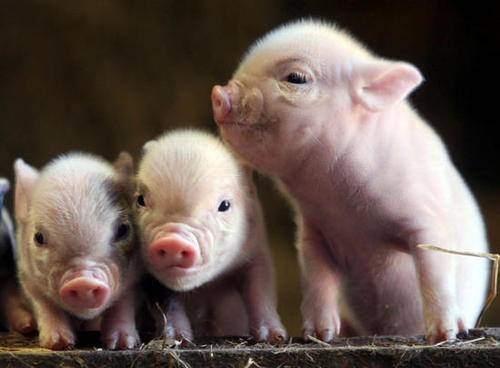
There are many types of breeds to choose. These are some of the most common types of pigs used for 4-H: Spot: A white pig with black spots. Hampshire: A black pig with white belt. It is a good choice for a meaty carcass. Duroc: This pig has ears that droop, and is a reddish brown color Chester White: A white pig with a more aggressive personality and small droopy ears Yorkshire: This pig is long and lean and is the most popular of all 4-H pigs.
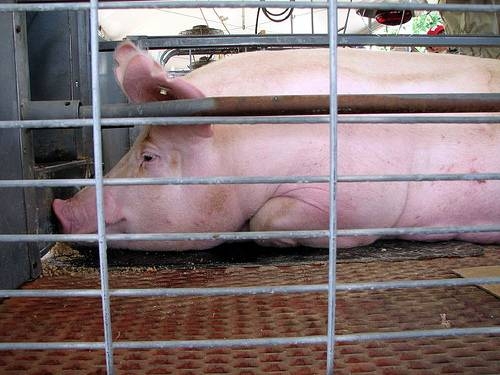
Raising a pig to show at a 4-H show requires a lot of time and energy. The pig must be cared for, fed, groomed and measured every day. Careful records must be kept for a 4-H pig project. There is also cost involved, such as vet bills if the pig gets sick, feed, bedding, pig housing, and supplies such as water and feeding containers, sleeping cots for the owner, hoses and more. While you may be able to recoup some of your money upon sale of the pig after the show, generally you will not get all of it back. Another thing to consider is emotional attachment. Winning pigs are almost always sold to be butchered. This can be heartbreaking after caring for a 4-H pig for months and possibly coming to see it as a pet.
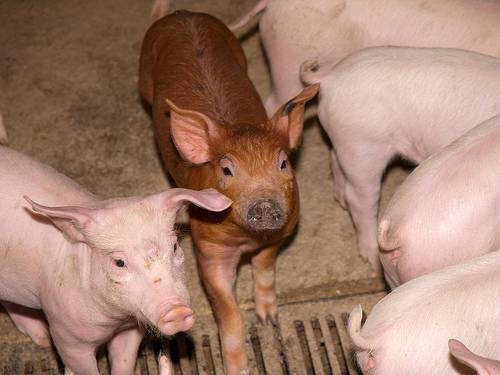
Raising pigs for 4-H teaches young owners responsibility, showmanship, and pride in a job well done. It is a big challenge that, when met, fosters a sense of good self esteem. Showing a pig can help a shy owner become more outgoing and provide him with a setting to make friends and gain confidence. 4-H pigs offer lessons in why agriculture is still important in today's world. Selling a 4-H pig, especially if the pig is a prize winning pig, can teach the owner about finances and give her extra money. The sale can also provide the owner or buyer with food once the pig is butchered.
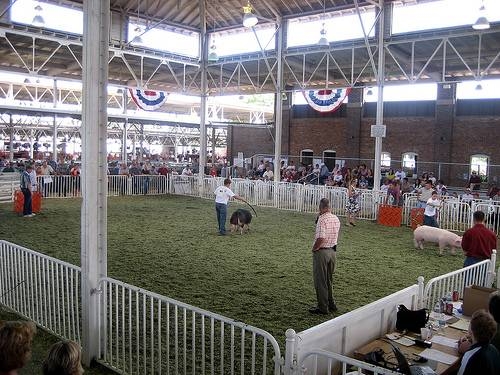
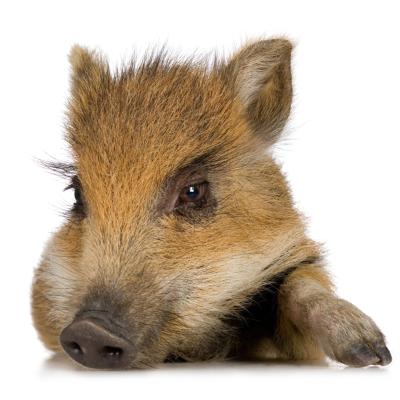 How to Feed Mini Baby Pigs
How to Feed Mini Baby Pigs
How to Feed
How to Feed Mini Baby Pigs
How to Feed Mini Baby Pigs
How to Feed
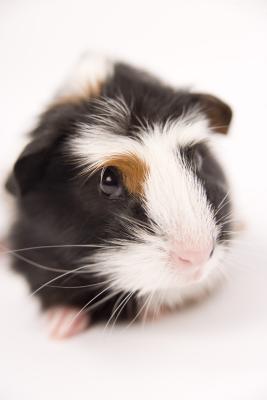 The Best Odor Control for Guinea Pig Bedding
The Best Odor Control for Guinea Pig Bedding
The Best Odor Control for Guinea Pig Bedding
The Best Odor Control for Guinea Pig Bedding
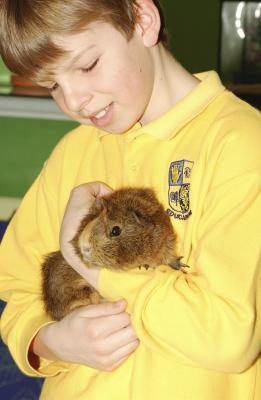 How to Get Your Baby Guinea Pig Used to You
How to Get Your Baby Guinea Pig Used to You
How to Get Your Baby Guinea Pig Used to You
How to Get Your Baby Guinea Pig Used to You
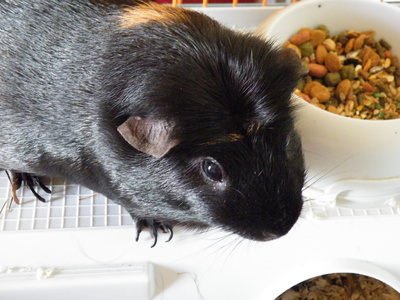 How to Keep a Nice Clean Cage for My Guinea Pig
How to Keep a Nice Clean Cage for My Guinea Pi
How to Keep a Nice Clean Cage for My Guinea Pig
How to Keep a Nice Clean Cage for My Guinea Pi
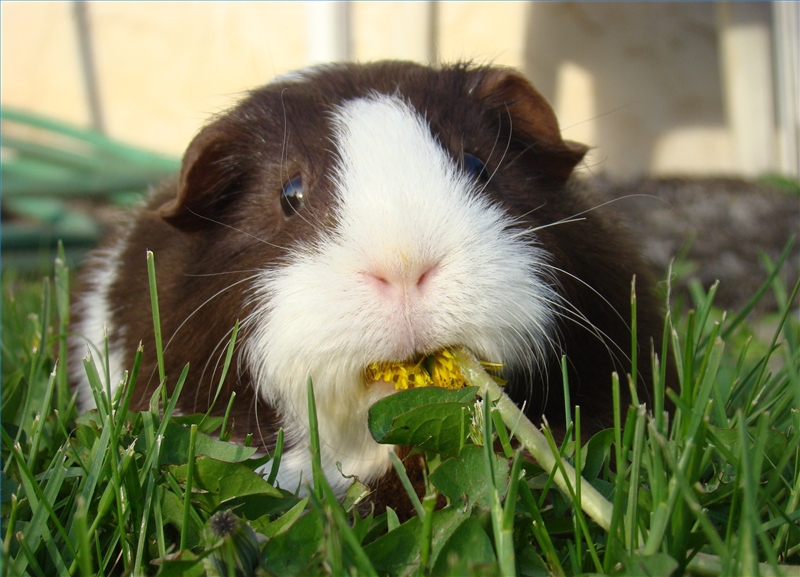 What Are the Causes of Guinea Pig Hair Loss?
What Are the Causes of Guinea Pig Hair Loss?
What Are the Causes of Guinea Pig Hair Loss?
What Are the Causes of Guinea Pig Hair Loss?
Copyright © 2005-2016 Pet Information All Rights Reserved
Contact us: www162date@outlook.com